The Story Of What It Takes – Tenants v Landlord in Brooklyn
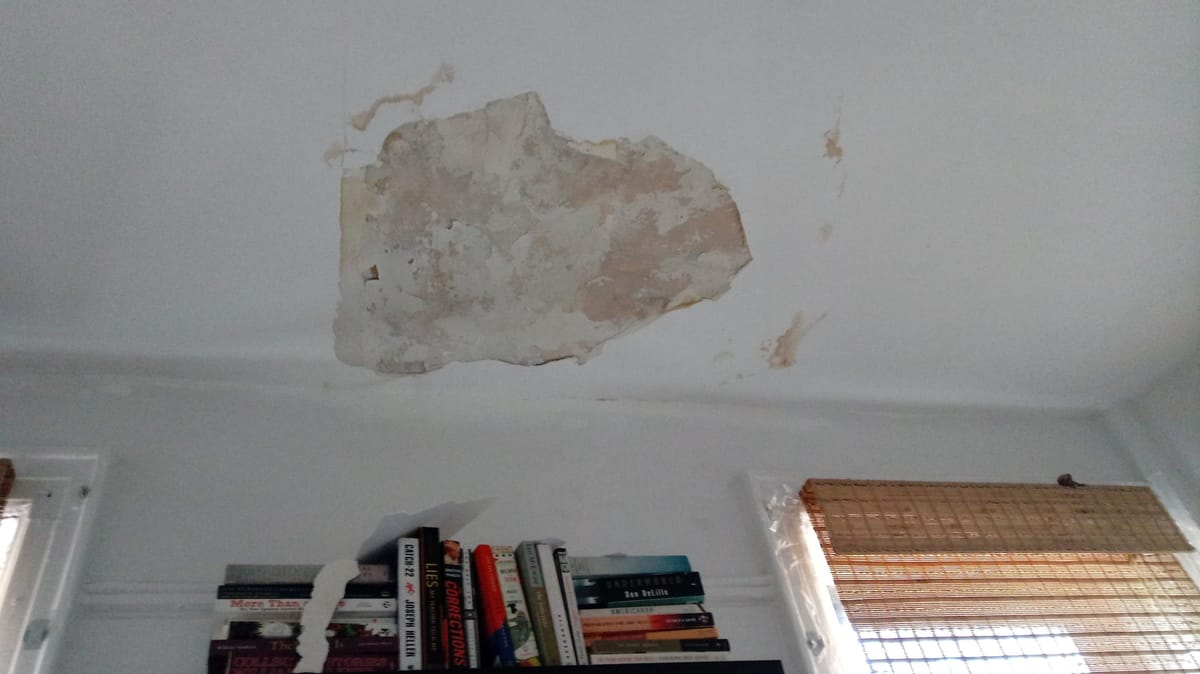
SUNSET PARK – Last October, as the temperature outside plummeted, the heat in my Sunset Park apartment would not go above 60 degrees. Multiple conversations with the landlord, Adel Eskander, and the building’s super – co-owner Sameh Boutros – yielded apologies and promises, but no improvements. Soon, both landlord and super began to ignore my calls.
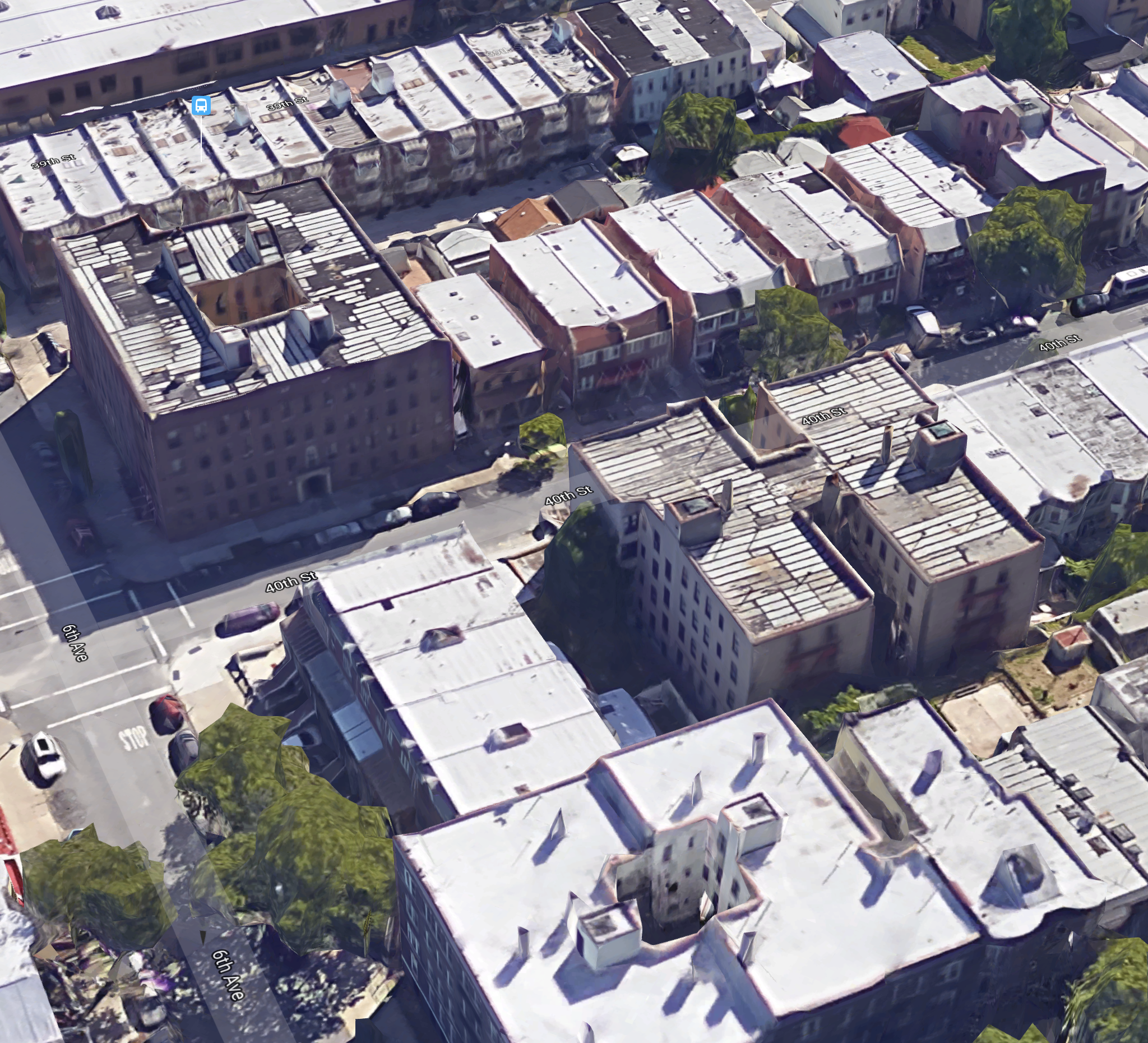
I started baking regularly to keep the place warm. One night, I looked up my address, 601 40th Street, on the City’s database and found an alarming history of the building’s neglect and the landlord’s violations, 48 of which are still unsettled, dating back to 2003. I googled Eskander’s name and the companies he conducts business under, Littleboy Realty and Little City Realty, and found a catalog of complaints against his abusive ownership practices. As one online reviewer put it, the landlord “seem[s] to have decided that it costs less to provide no heat and wait for a tenant to sue them than to just comply with the law.”
What had I gotten myself into? My neighbors and I decided it was time to start going door to door, to see what problems everyone was experiencing. We canvassed the 43 units in our building, as well as the 40 units in the building across the street, which our landlord also owns. We found that, in general, there were two types of tenants.
Most of the tenants were like me: recent arrivals to the neighborhood, they paid a “preferential” market rent that afforded them the illusion that they were getting a good deal. They were concerned about the lack of heat and broken fixtures, but they also had not wanted to stir up trouble in fear that their rents would rise and they’d have to yet again navigate the hellish New York City rental market.
The second kind of tenant had lived in the building for decades, and in some cases, their entire lives. Their units were still rent-stabilized since there had been no vacancies for the landlord to use as legal justification for sudden, sizeable increases. These tenants had seen ownership change hands several times, and were well accustomed to our current landlord’s negligence. Moreover, they knew that the landlord was trying to get them to move out.

They suffered through illegal heating practices, leaks, floods, outbreaks of black mold, crumbling ceilings, daily blown fuses, as well as verbal hostility on the part of ownership. Routinely, Eskander would attempt to evict them on spurious claims, taking them to court for things like having “unauthorized children” in the building, socializing in the courtyard or moving a radiator – in the 14 years he’s owned the two buildings, he’s been the plaintiff 62 times in housing court.
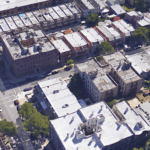
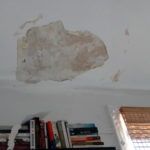





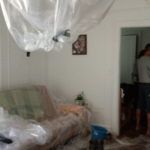


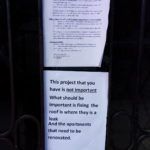



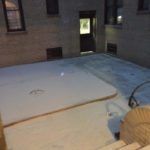

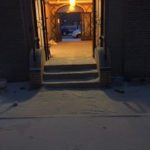

Attached you’ll find some photos illustrating mismanagement of repairs and neglect/deterioration at 601 40th Street. 601f, g, i, j and k show the destruction of one apartment after the roof flooded one day during a rainstorm. 601l shows an incipient ceiling leak in a different apartment. All of the “dust” photos are of the premises and one tenant’s apartment after the landlord’s unlicensed sandblasting work left the building inundated. 601m and n show unrepaired leak holes above one tenant’s ceiling fan.
Landlords like mine have long understood that the court system is not equipped to penalize them for their baseless aggression against vulnerable people. Thus, in thousands of rent-stabilized units across the city, tenants who are forced to endure this kind of harassment—and who have the occupational flexibility to consistently show up in housing court—often become the only line of defense against predatory landlords hoping to deregulate entire city blocks.
The major difference between these tenants’ units and mine, I realized, was that mine had somehow been de-stabilized over the years. While Eskander was quietly taking advantage of me, he was more aggressively trying to force out my neighbors so he could de-stabilize their units, too. On the advice of a public advocacy lawyer, I decided to request my rental history from the city to shed light on how, exactly, my unit’s destabilization had happened. The numbers told an appalling story of lax housing policy exploitation.
Between 1984 and 2000, before the landlord bought the building, my unit’s rent increased gradually from $214/mo. to $428/mo. The landlord purchased the building in 2001, and by 2003, the family that had lived there for the previous twenty years had moved out. Over the next three years, the rent went from about $500/mo to $1,450 to $1,842.12. The landlord was taking advantage of arcane loopholes that allowed him to make renovations to the place and then tack onto the monthly rent a commensurate amount of the costs.
There is little accountability for this procedure: a New York University study a few years ago found that as many as 40% of landlords lie about the costs of these renovations. By 2007, thanks to annual vacancies and our landlord’s eagerness to cash in, the rent had jumped above $2,000, which at that time was the threshold. Once the rent breached this sum, it meant our landlord did not have to register the apartment with the city, and could charge whatever he wanted.
January of 2017, our building formed a tenants’ association, meeting once a month and taking formal actions in hopes of curtailing the owner’s behavior, including mailing certified letters to his Park Slope address and collectively logging 311 complaints to the city. We have also considered combining our grievances to substantiate a court action against the landlord and his company. The problem is that, now that most of the units in the building have been deregulated, we have few protections as renters against the landlord’s retaliation.
To put it plainly, if the landlord finds out that we have filed a 311 complaint against him, or even that we are organizing at all, he is free to push us out with neglect or rent increases. In the year since we began to organize, Eskander has raised our rents systematically as our leases expire, and he has refused to renew the most outspoken tenants. It seems to be in his best interest to ignore us, sustain constant turnover, and keep pushing the rent higher with each vacancy.
Such abusive practices will not come as a surprise to hundreds of thousands of renters across the city who experience the same treatment by their buildings’ owners. It’s important to understand that such abuses fuel the larger problem of “gentrification” – the displacement of low-income communities (particularly communities of color) by higher-income renters and companies poised to profit off the neighborhood’s “improvement.” This narrative of “improvement” is fundamental to how our landlord talks about his business practices.
The first time I met him, Eskander told me that we renters should be grateful to him for “cleaning up the neighborhood” and eradicating crime on our block. By appealing in coded language to the racial stereotypes of the mostly white gentrifiers, he is able to justify or cover up his own questionable practices. Such implicit, “well-intentioned” racism has become the main explanation for why gentrification is good for the city, even as New York City becomes more socioeconomically unequal and more racially segregated.
Landlords like mine are manipulating a deeply flawed system to inflict multiple layers of damage on our city. Greater state government regulation over private housing practices would go a long way in reversing these trends, but Republicans in the New York State legislature have consistently obstructed any efforts to introduce such regulatory policies. As a result, the City of New York has lost hundreds of thousands of rent-stabilized units in the previous two decades.
Furthermore, such inaction forces Democratic leaders like Mayor de Blasio to settle for tepid compromises in affordable housing reform, such as the rule that private developers can now enjoy an exemption from paying property taxes if they set aside 20 percent of their building’s units at below-market rates. In today’s New York City, this is seen as a “progressive” policy reform.
We need real legislative action, but we also need more awareness and civic engagement, especially from residents who see themselves as “gentrifiers.” The racial implications here are unavoidable; white people like myself who move to comparatively affordable neighborhoods like Sunset Park are, in my experience, conscious of how they benefit from this system, but more often than not decline to engage politically.
We need to understand that it is our responsibility to remain accountable to the communities we move into; this includes finding out what is being done already to challenge abusive practices in your building and working with community organizations to support those efforts. It is crucial that we fight to keep this city affordable, and that we guard against the cruelty and negligence of profiteers who care very little about the lives they disrupt in the neighborhoods they are buying up.
We called many times and left numerous messages with the landlord for comment, but are yet to hear back from them.




